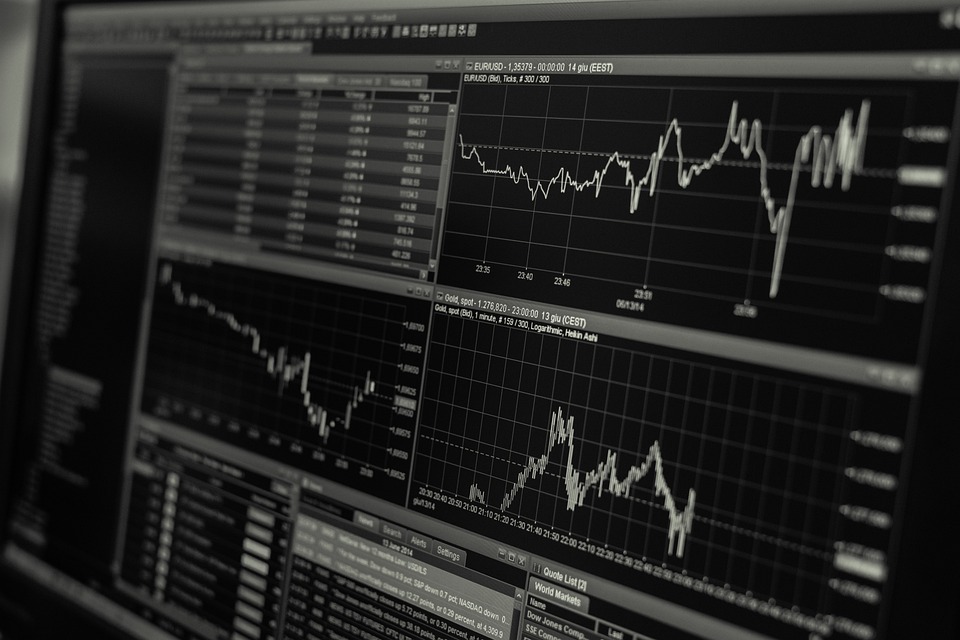German Stagnation In The Second Quarter Confirmed

Image source: Pixabay
The second estimate of second-quarter GDP growth confirms the stagnation of Europe's largest economy and will do very little to end the 'sick man of Europe' debate.
Finally, a quarter without any statistical revision. The just-released second estimate of German GDP growth in the second quarter confirmed the economy's stagnation. The second estimate doesn't show the German economy in a better state and does little to shut down the current debate about Germany once again being the "sick man of Europe".
According to the just-released data, the German economy stagnated in the second quarter, after two quarters of contraction. On the year, GDP growth was down by 0.6% or 0.2% if corrected for working days. The question remains whether technically speaking a stagnation after two quarters of contraction is actually the end of a technical recession or a prolongation.
What is new in today’s data are the GDP components. While private consumption stagnated and public consumption increased marginally (+0.1% quarter-on-quarter), net exports were a drag on growth. The positive growth contribution from inventories reflects the ongoing inventory build-up, which doesn't bode well for the coming quarters.
Stagnation remains our base case
Both the short-term and the longer-term outlook for Germany looks anything but rosy. Recently released sentiment indicators do not bode well for economic activity in the coming months. Weak purchasing power, thinned-out industrial order books, the ongoing weakness of the Chinese economy as well as the impact of the most aggressive monetary policy tightening in decades, and the expected slowdown of the US economy, all argue in favor of weak economic activity.
On top of these cyclical factors, the ongoing war in Ukraine, demographic changes, the current energy transition as well as the lack of new investment in digitalization, infrastructure, and education will structurally weigh on the German economy in the coming years. However, all is not bleak. The drop in headline inflation and the actual fall in energy and food prices, combined with higher wages, should support private consumption in the second half of the year. We continue to see the German economy being stuck in the twilight zone between stagnation and recession.
More By This Author:
German Industrial ‘Bad News Show’ Continues
German Exports Still Stuck In Stagnation
German Labor Market Shows Very First Cracks
Disclaimer: This publication has been prepared by ING solely for information purposes irrespective of a particular user's means, financial situation or investment objectives. The information ...
more


